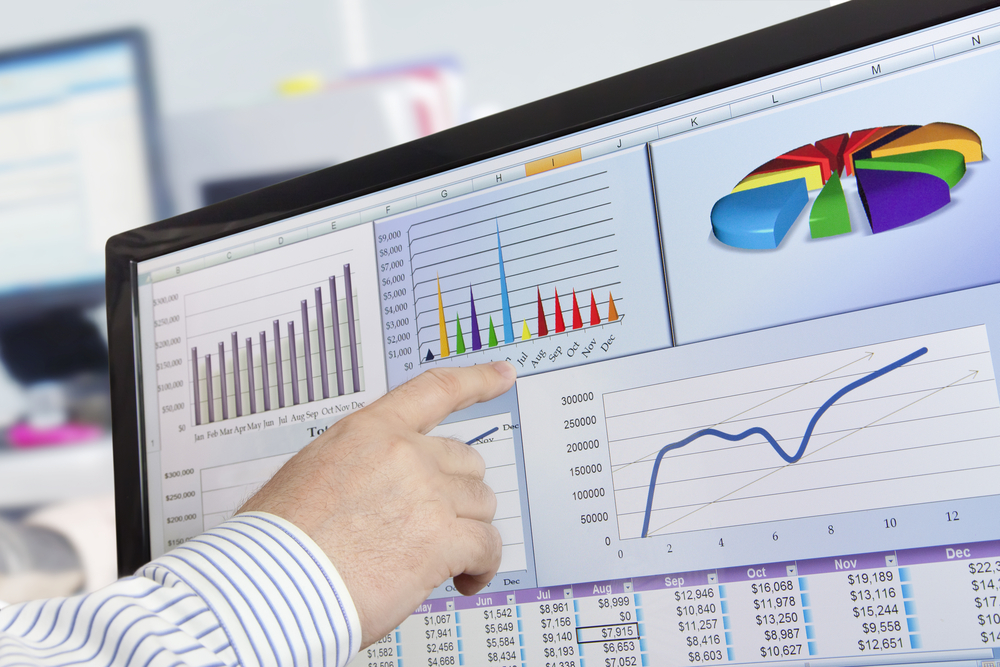December 9, 2021
Understanding the basics of Data Pipeline

The Pipeline Data Automation is brimming with both old and developing terminology. The good news is that if you grasp the fundamental ideas, it is not complicated to understand. This article will define and dissect some of the most important terms, phrases, and difficult-to-understand ideas.
DataOps Defined:
DataOps (data operations) is a new discipline that provides the tools, procedures, and organizational structures required to enable an automated, process-oriented methodology utilized by analytic and data teams. DataOps teams are often formed by applying DevOps principles to a centralized team comprised of data engineers, integration, security, data quality, and data scientist responsibilities in order to increase data analytics quality and minimize cycle time.
Data Pipeline Defined:
A Pipeline Data Automation is a set of processes or operations that transport and integrate data from numerous sources in order to produce data insights for end-user consumption. An end-to-end pipeline’s stages include gathering disparate raw source data, integrating and ingesting data, storing data, computing/analyzing the data, and then communicating insights to the business through techniques such as analytics, dashboards, or reports.
Stages within a Data Pipeline:
Data Source:
This is the data created within a source system, which includes applications or platforms. A data pipeline has numerous source systems. Each source system has a data source, which is most commonly in the form of a database or data stream.
Data Integration & Ingestion:
The process of Pipeline Data Integration from several sources into a single, cohesive perspective is known as data integration. Ingestion is the first phase in the integration process, which includes procedures like cleansing, ETL mapping, and transformation. Data is retrieved from the sources and consolidated into a single, cohesive data set by the two.
Data Storage:
This phase represents the “place” of the cohesive data set. Data lakes and data warehouses are two typical ways to store massive data, but they are not the same thing. A data lake is often used to store raw data for which no purpose has been determined. A data warehouse stores data that has already been organized and sorted for a specific purpose. A simple method to recall the difference is to picture a “lake” as a body of water into which all rivers and streams flow without being filtered.
Analyze & Computation:
Analytics, data science, and machine learning take place here. Data analysis and computation tools access raw data from the data lake or data warehouse. The Data Warehouse is then used to store new models and insights.
Delivery:
Data insights are shared with the business. Dashboards, emails, SMSs, push alerts, and microservices are used to provide insights. Microservices are used to provide machine learning model conclusions.
